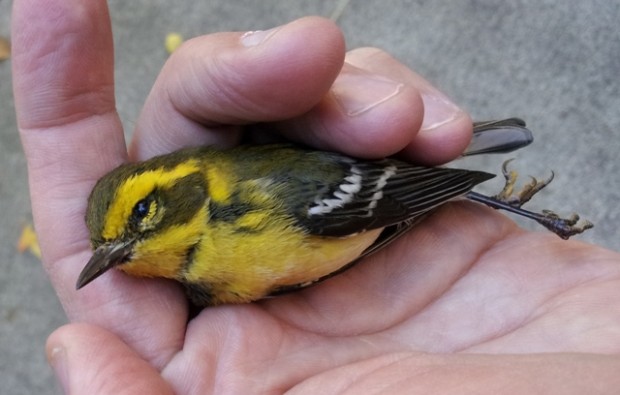Networked Urbanism
design thinking initiatives for a better urban life
apps awareness bahrain bike climate culture Death design digital donations economy education energy extreme Extreme climate funerals georeference GSD Harvard interaction Krystelle mapping market middle east mobility Network networkedurbanism nurra nurraempathy placemaking Public public space resources Responsivedesign social social market Space time time management ucjc visitor void waste water Ziyi
February 4th, around 10pm PDX time.
It’s interesting to think about how I got to where I am in my project. At the beginning of the quarter, I started out in the group that was looking at nature in the city. We were originally looking at the broad idea of what nature is in the urban environment. We made the video “Squirrel in the City” with the idea of exploring the natural (or not natural) aspects of the city through the lens of biophilia or the love of what is alive. As we made the movie, we realized that wildlife is another part of the urban fabric that we sometimes don’t think about.
When it was time to come up with a curated event, I decided to make a visit to the local Audubon Society. There I was fortunate enough to interview one of the board members and a resident owl named Julio. From this serendipidous event, I learned about a major issue that is related to both birds and architecture. There is a serious problem with birds being killed (and injured) when they run into windows. This led me to the research and project(s) I am working on now.
For the last week and a half I have been busily researching and compiling all the information I could find on birds striking windows – the why, the where, how many, and the impacts. I have also gathered information on the current solutions to the problem which includes laws, policies, and the various solutions that are currently available. Much of this research includes in-person and phone interviews with dozens of local and national researchers, policymakers, volunteers, and manufacturers.
The gist of what I have found is this: approximately 1 billion birds (around 7 million in Portland) die every year in the United States from striking windows – that’s 5-10% of the total bird population. 1 in 10 of these birds are hitting residential windows. The majority of the birds that die are songbirds that come through human habitat during their biannual migrations North or South. They cannot see window glass – the reflections in both mirrored and regular glass looks natural – and, thus, they then run into it. The birds are also drawn into the cities at night because of light pollution. The implications of all these birds being killed are great – some of which are the death of endangered or declining species, and the loss of a massive number of birds which would otherwise be pollinating, eating insects, etc. The physical solution is this – create a way for the birds to recognize the glass as an object so they don’t fly into it. There are many ways to do this including, but not limited to, screening in front of windows, fritting or patterning on the windows, using special UV patterned glass (birds can see the UV when we cannot), painting/adding decals to glass, etc. See these mind maps for more information: PROBLEM SOLUTIONS
Although there are several solutions to the problem, there are two major disconnects that are making this problem difficult to solve. At this point in time there is a lack of education/knowledge of the issue among the stakeholders (architects, building owners, homeowners) and effective solutions are either extremely expensive or, when cost effective, can be visually unattractive.
My proposed solution is two-fold. I plan on making both a video and a design for a cost effective, do-it-yourself solution for the bird-strike issue. The reason I’m looking at making a video is that there needs to be a video for the general public that alerts them to the issue and gives them possible solutions. I may, however, examine another video type – a video that is oriented towards the professional (architect) that alerts them to the issue. I’m considering this second option because I had a conversation today with the Portland Bureau of Planning and Sustainability – they indicated that they might be interested in having a video about the bird strike issue that runs on their monitor in the waiting space at the plan review office. In this video, I could possibly get into the synergies of designing bird friendly buildings that go along with energy efficiency, solar shading, and window privacy.
At this time, I am laying out a story board for the public video and am collecting materials to start testing possible small-scale design solutions for the problem.
An example of some of the information I’ve gathered from interviews is below. One of the people I have been talking with is Dave Helzer, an Environmental Specialist and Biologist from the City of Portland Bureau of Environmental Services. He provided me with the images at the bottom of the page…last Fall and Spring he found these two birds – Rufous Hummingbird and Townsend’s Warbler – they are dead – after they had hit the window of the office building in the image. The reflection in the glass of the tree is what they were flying to…


